The Man of War, also known as the Portuguese Man O’ War, is a jellyfish-like hydrozoan. Though it looks like a jellyfish (and stings like one too), this creature is not a single animal, but multiple colonial organisms.
These organisms join together to create the Portuguese Man O’ War, and cannot survive without one another. Read on to learn about the Man of War.
Description of the Man of War
This colonial organism is one-of-a-kind. It has a balloon-like, gas-filled structure at the top known as a “pneumatophore.” The pneumatophore is transparent, with hues of blue, purple, and pink. On the underside, this group of organisms has a series of short tentacles, followed by a series of immensely long tentacles.
While the pneumatophore measures just 4 – 11 in. long, the extensive tentacles can reach impressive lengths. The average specimen has tentacles about 33 ft. long, but some reach as much as 98 ft. in length!
Interesting Facts About the Man of War
This stinging creature is undeniably interesting. It has many unique traits and adaptations, learn more about them below.
- Many Moving Parts – These creatures have several different kinds of organisms that make up their bodies. In fact, a single Portuguese Man O’ War contains seven different types of organisms, broken up into two groups: medusoids and polypoids.
- The Pneumatophore – When you spot this creature, likely the first thing you’ll notice is the translucent balloon-like pneumatophore. This gas-filled structure floats along the surface of the water.
- Deflation Protocol – If attacked, the organisms can deflate the pneumatophore and sink below the surface of the water to escape.
- Stinging Sensation – Of course, because the tentacles stretch such immense lengths, this creature inevitably stings a wide range of creatures. Every year in Australia, up to 10,000 people receive painful stings from this species.
Habitat of the Man of War
These creatures inhabit the surface layer of the ocean. While the tentacles float beneath the water, the gas-filled pneumatophore sits above the surface. You can find them in pelagic waters in the open ocean, or coastal seas near beaches. They live most commonly in subtropical and tropical areas.
Distribution of the Man of War
You can find this species in the Pacific, Atlantic, and Indian Oceans. Additionally, it also lives in the Sargasso Sea and the Caribbean Sea. Colonies float wherever the wind drives them. They range throughout virtually any warm body of water in this region.
Diet of the Man of War
This carnivorous creature consumes just about anything it entraps in its tentacles. When a tentacle comes in contact with something, it releases stinging cells and entraps the creature. Then, the tentacle recoils up to the underside of the pneumatophore, where the prey is digested.
Some common prey items include small fish, fish larvae, squid, shrimp, and more. However, fish make up the vast majority of its diet. Larger fish can typically escape from the tentacles.
Man of War and Human Interaction
The extensive tentacles of this species give one heck of a sting. In fact, a sighting can shut down entire beaches. In very rare instances of allergic reactions, people have died from stings by this species. More common reactions include painful rashes, which sting for several hours.
Human activity does not impact this species at this time. The IUCN has not assessed this species.
Domestication
Humans have not domesticated this species in any way.
Does the Man of War Make a Good Pet
Why in the world would you want a 30 ft. long, stinging, jellyfish-like creature as a pet?
Man of War Care
People do not generally keep these creatures in aquariums. Because they grow such extensively long tentacles, it is quite difficult to keep them, as their tanks must be quite large. Additionally, you cannot house them with any other species of animals, as they would sting them.
Behavior of the Man of War
This species does not have any actual behavior of its own. It has no means of moving itself, and no brain. Following currents and blown by the wind, this species simply drifts and eats. Whenever anything brushes into its tentacles, they automatically fire off stinging cells to entrap the creature.
Reproduction of the Man of War
Each of the different types of organisms in the colony release their gametes simultaneously. This occurs when groups of this species congregate in a single area, and likely occurs as a result of water temperature or sunlight. The development and collection of the various parts of the organism are quite complex.





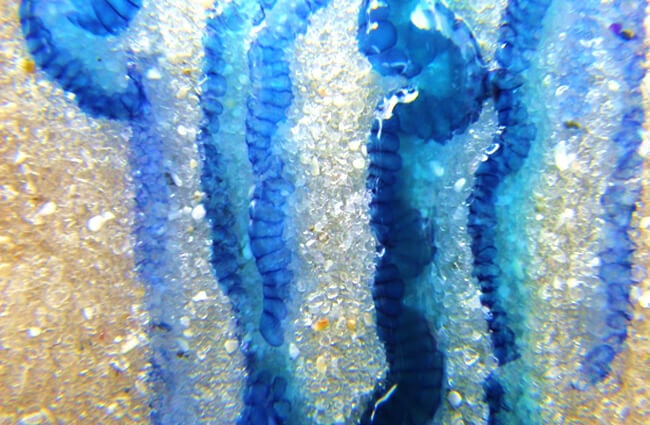
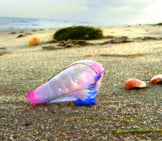
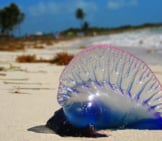
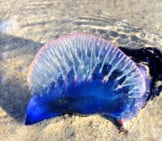


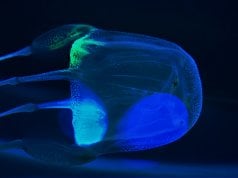
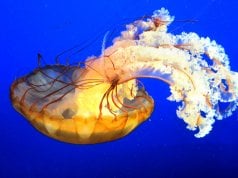
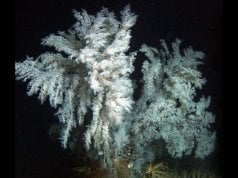










![Red Angus Closeup of a beautiful Red Angus cowPhoto by: U.S. Department of Agriculture [pubic domain]https://creativecommons.org/licenses/by/2.0/](https://animals.net/wp-content/uploads/2020/03/Red-Angus-4-100x75.jpg)

